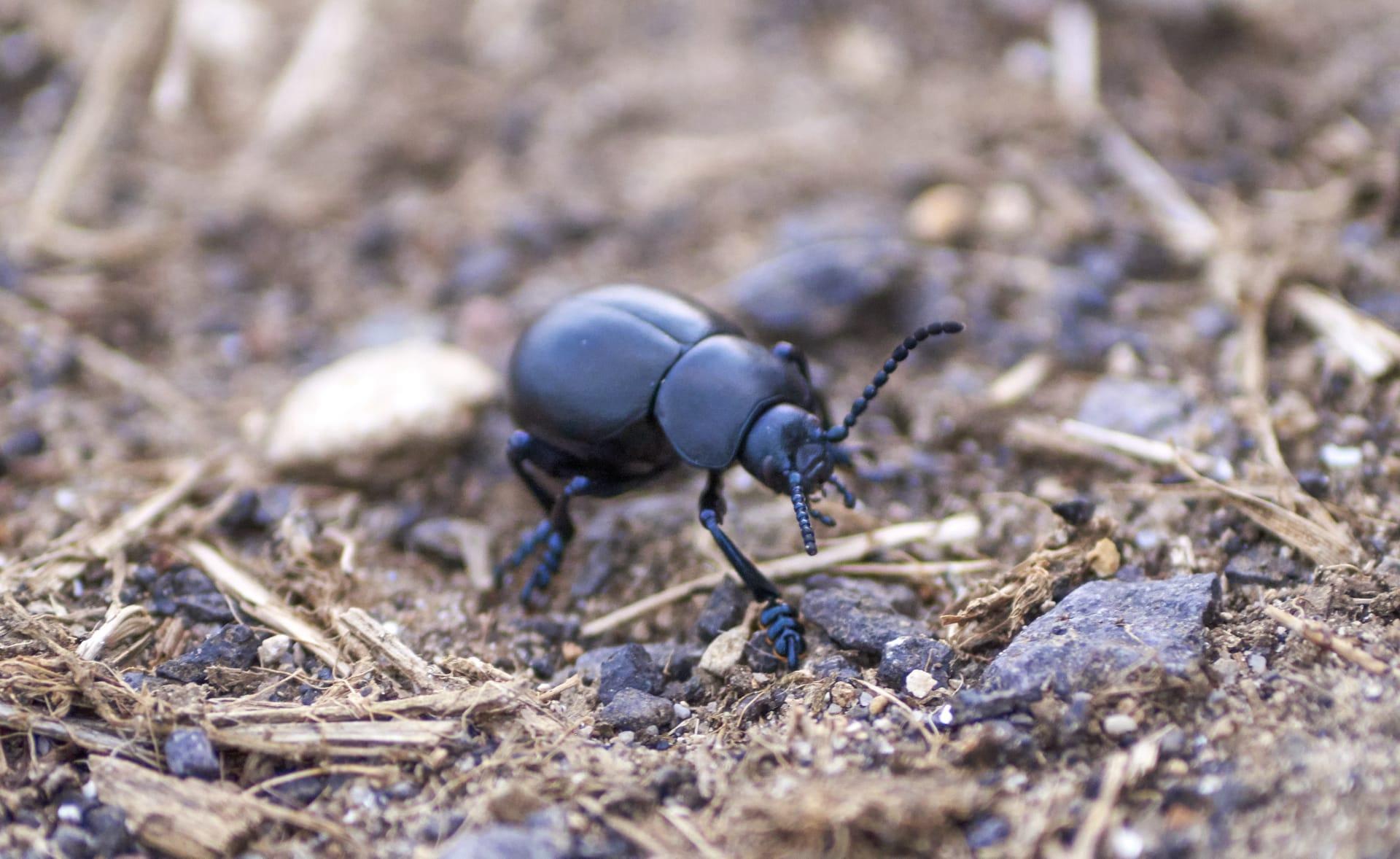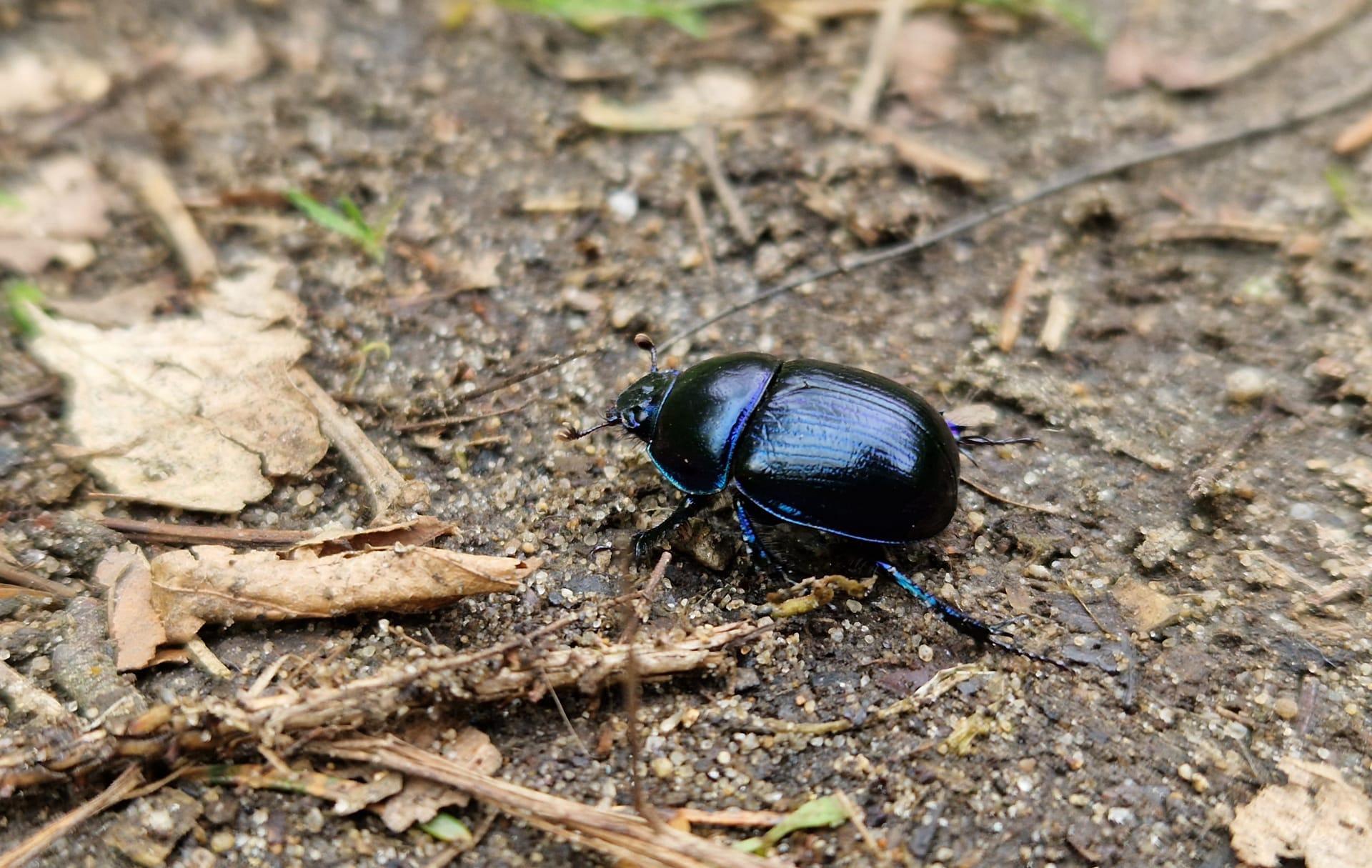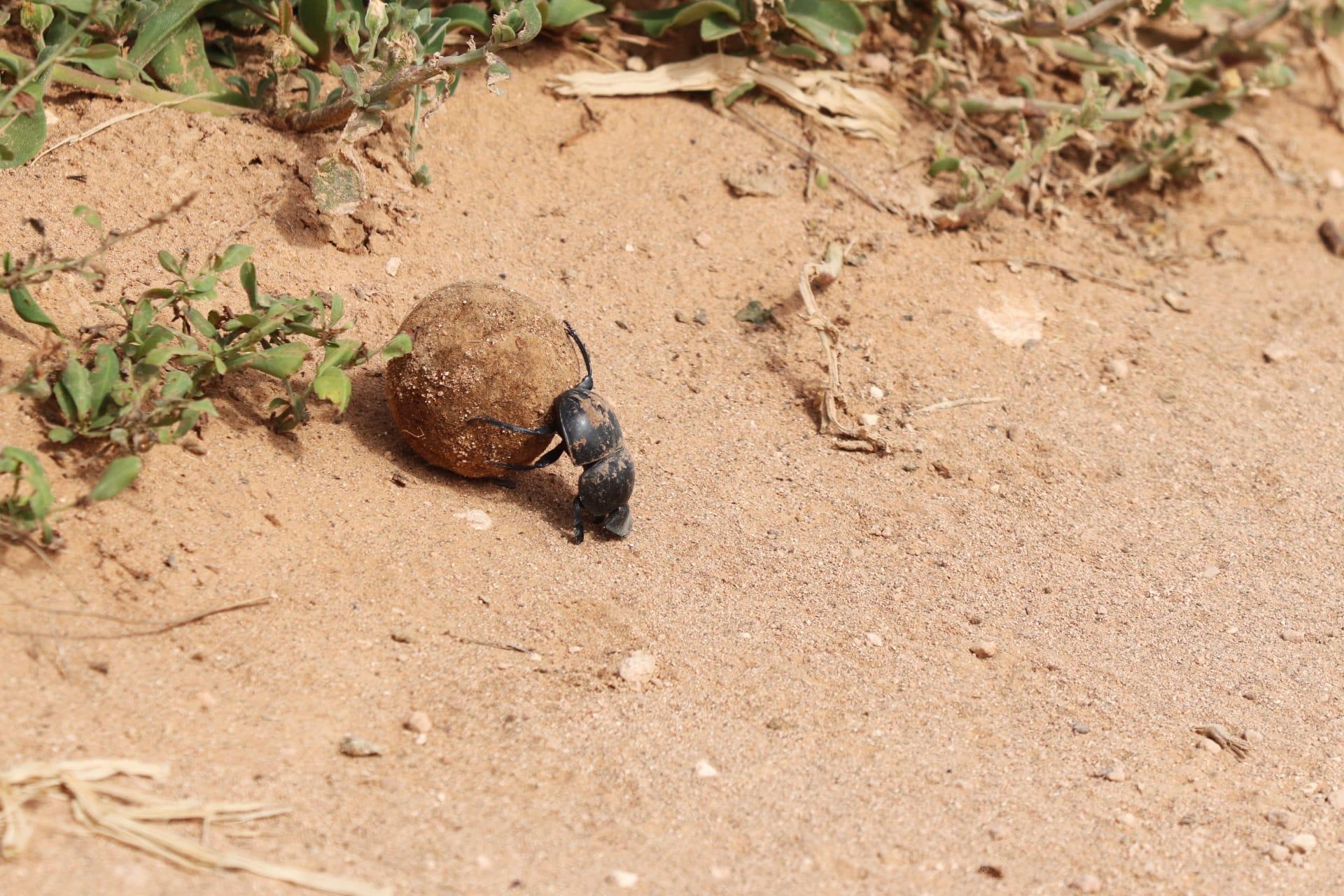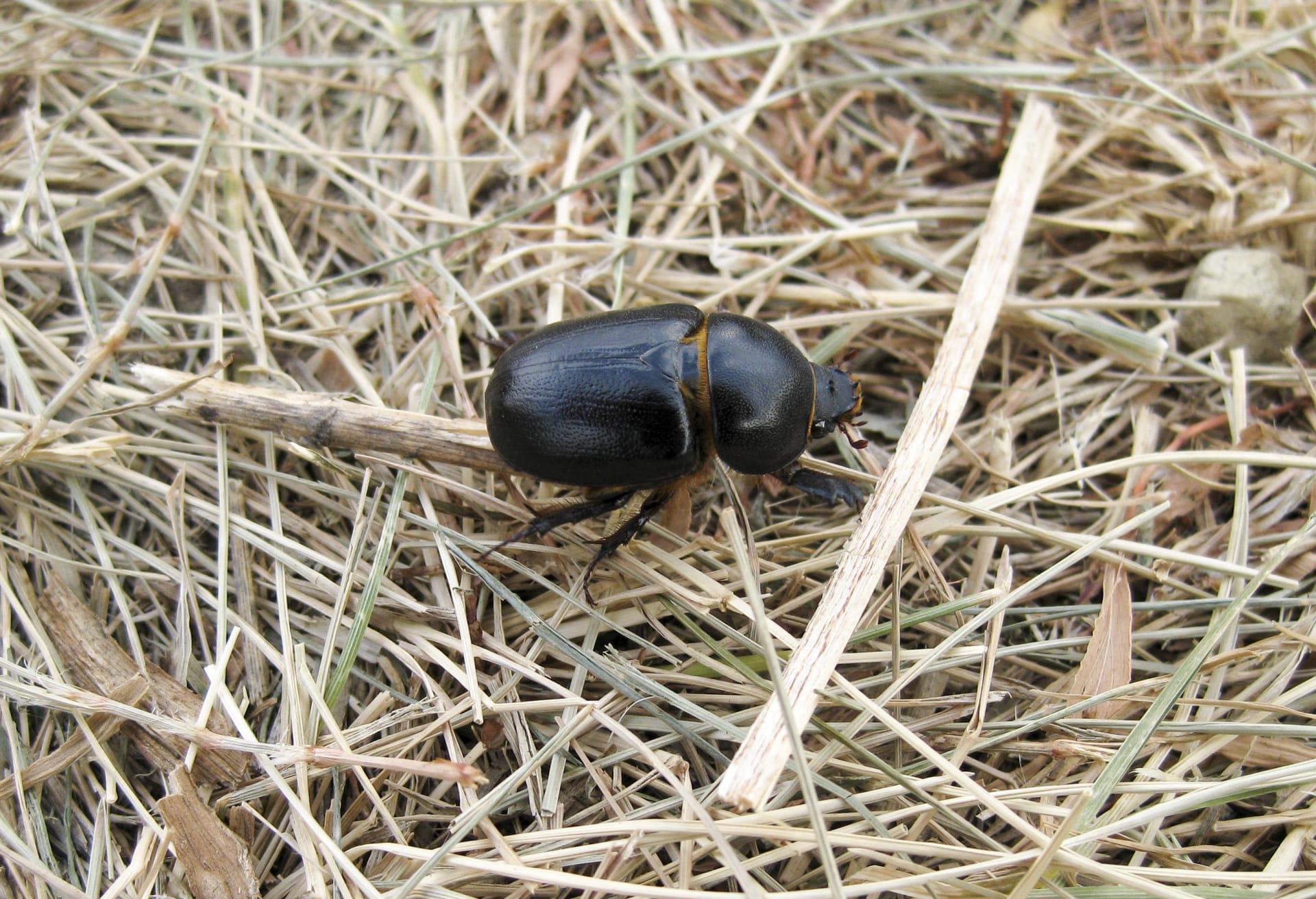Dung Beetle Trivia
- Home /
- Trivia Question /
- Animal /
- Dung Beetle Trivia
1
Question: How strong are dung beetles, and what makes them so powerful?
Answer: Dung beetles are astonishingly strong, capable of pulling objects more than 1,000 times their body weight. This incredible strength is due to their specialized muscles and leverage. For example, the horned dung beetle uses its unique horn structure and muscular neck to maneuver heavy dung balls.
Question: What is the ecological importance of dung beetles in their habitats?
Answer: Dung beetles play a crucial role in their ecosystems. By burying and consuming dung, they not only recycle nutrients back into the soil but also reduce habitats for harmful parasites and flies. This activity helps in maintaining a healthy balance in the ecosystem and promotes soil aeration and fertility.

2
Question: Is it true that all dung beetles use dung balls for the same purpose?
Answer: Contrary to common belief, not all dung beetles use dung balls for the same reason. While many species roll dung balls to store food or create breeding chambers, others consume the dung directly or burrow beneath the dung pile.
Question: Do dung beetles only feed on the dung of herbivores?
Answer: Dung beetles are generally associated with herbivore dung, but they are not exclusive to it. Some species are known to utilize omnivore or even carnivore excrement, depending on availability and ecological niche.

3
Question: How do dung beetles navigate and find their way?
Answer: Dung beetles have an extraordinary navigation system. They use the Milky Way and the moon's light to orient themselves and roll their dung balls in straight lines. This celestial navigation helps them avoid competition and potential predators by moving away efficiently.
Question: What is the lifespan of a dung beetle, and how does it vary among species?
Answer: The lifespan of dung beetles varies considerably among species, ranging from a few months to several years. Factors influencing their lifespan include environmental conditions, availability of food resources, and predation risks. Some species have adapted to complete their lifecycle within a single season, while others have multiple generations per year.

4
Question: Can dung beetles fly, and if so, how does this ability benefit them?
Answer: Many dung beetle species are indeed capable of flight. They use their wings to locate fresh dung piles over large distances. Flying allows them to quickly find new food sources and breeding grounds, giving them an advantage in resource-rich environments.
Question: Are there any known mutualistic relationships between dung beetles and other animals?
Answer: Dung beetles have mutualistic relationships with several animals. For instance, they help in cleaning up after herbivores, reducing the spread of diseases. In some cases, dung beetles are known to assist in seed dispersal, benefiting certain plant species.

5
Question: What are the different types of dung beetles, and how do they differ in behavior?
Answer: Dung beetles are broadly classified into rollers, tunnelers, and dwellers. Rollers form and roll dung balls away from the pile, tunnelers burrow underneath and store dung, while dwellers live directly in the dung. Each type has adapted unique behaviors and physical traits suited to their specific dung-handling method.
Question: How do dung beetles contribute to reducing greenhouse gas emissions?
Answer: By burying and consuming dung, dung beetles help in reducing methane emissions, a potent greenhouse gas. Decomposing dung releases methane, but dung beetles' activity accelerates the breakdown process, thereby reducing the time dung spends on the surface and the amount of methane released into the atmosphere.